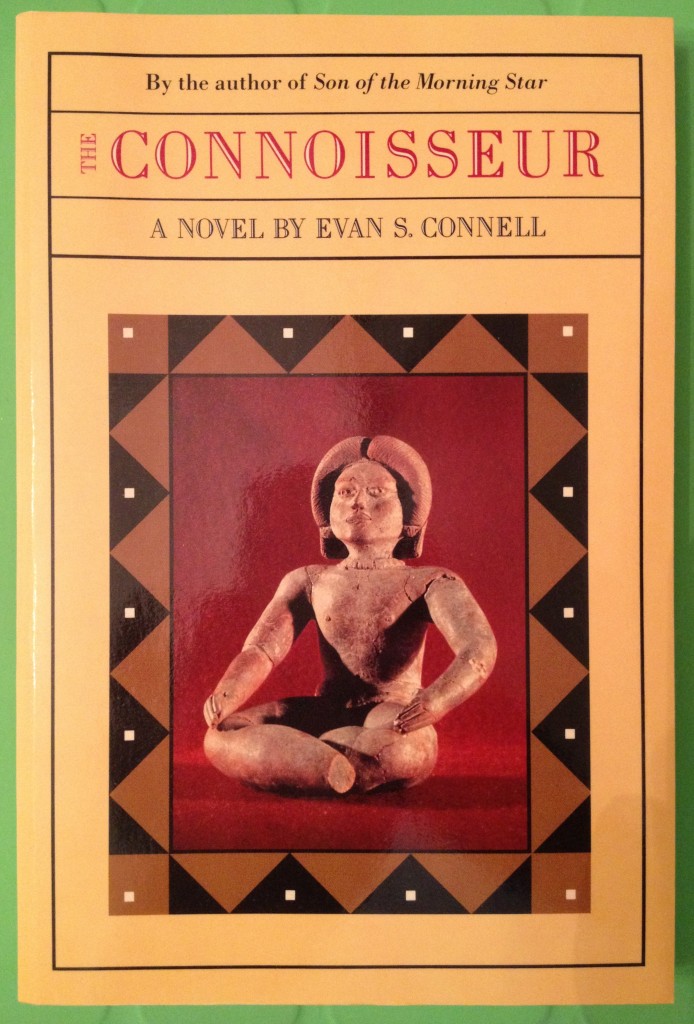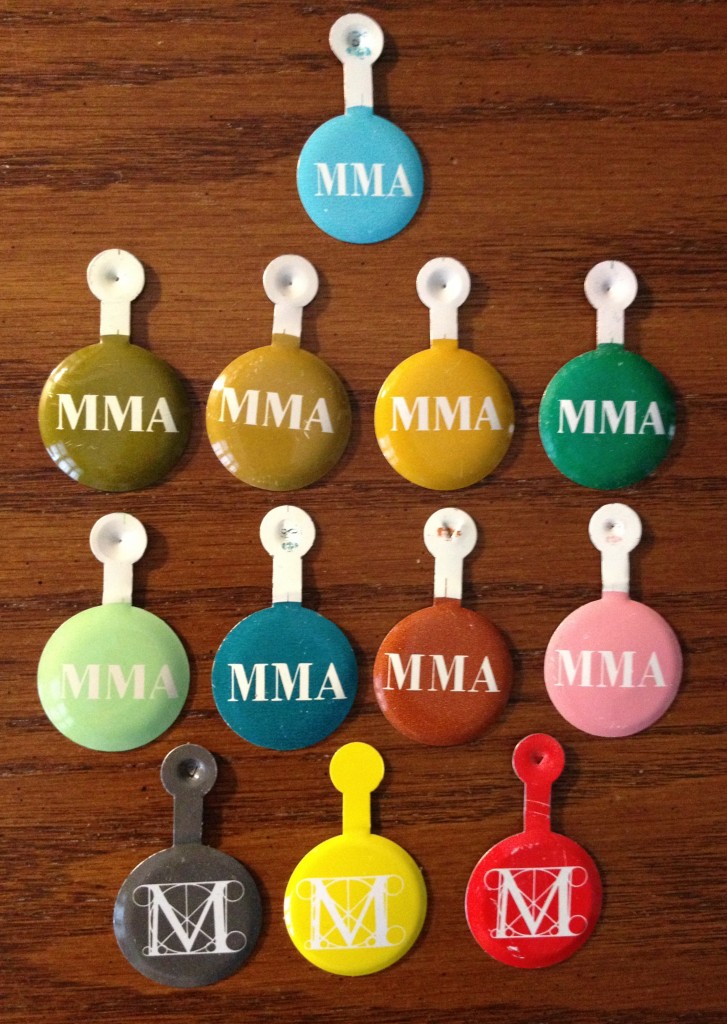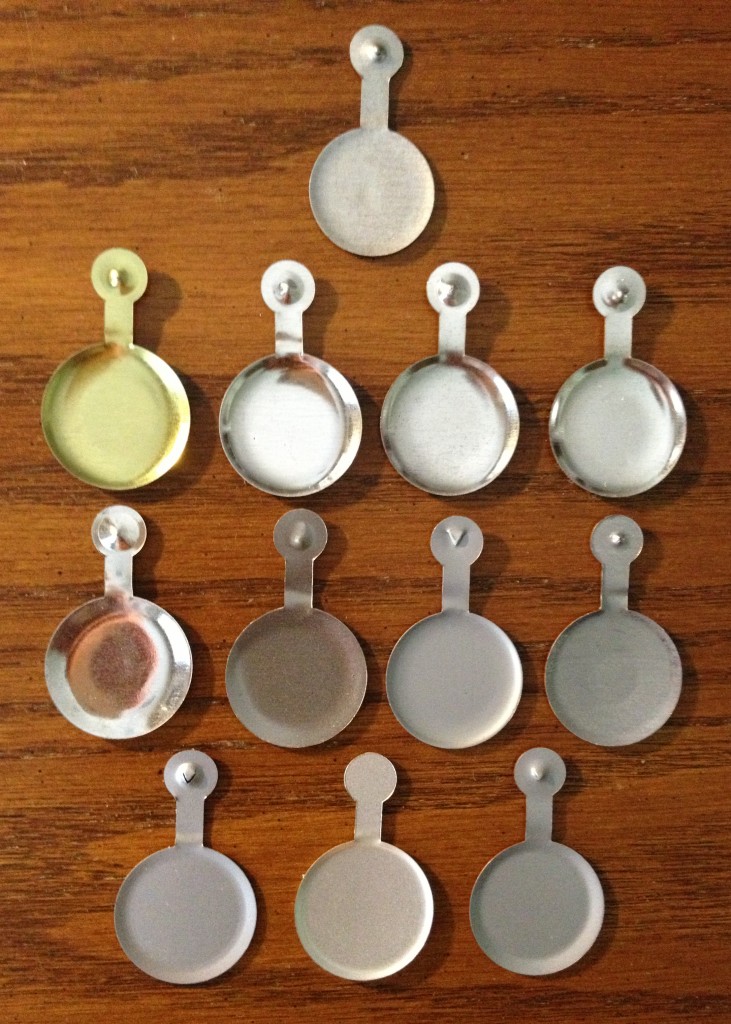.
.
The dictionary tells us that the word “connoisseur” derives from the Old French “conoisseor” — meaning a judge or a person well versed in anything. The term can be traced back even further to the Latin “cognoscere” — to know. Knowing this, it should be no surprise that from the hands of a modern writer, one skilled in social satire and irony, a book entitled “The Connoisseur” will explore the question of how we, poor modern men, struggle to know. And so in what on the surface appears to be a novel of manners, Evan S. Connell sets his protagonist, the middle-aged insurance executive Muhlbach, on a quest for authenticity, exploring depths beneath the surface.
The Connoisseur is a short novel containing finely delineated characters and clean and clear prose. But there is little or no story to speak of. We follow the seemingly directionless path of a lonely widower in mid-life crisis. In the opening chapter he is suddenly captured by the siren call of a piece of ancient sculpture he finds in a care-worn shop while on a business trip to New Mexico. It is a terra-cotta seated figurine of a Mayan dignitary, likely from the Island of Jaina, Mexico, Classic Period, 600-900 AD.
The paucity of plot and the specialization of the subject matter explains why many, maybe even most, readers will come away from the book disappointed.
There are some, however, who will be enlivened. This group includes readers intrigued by art history — here, pre-Columbian sculpture — and by the art trade. In a series of vignettes Connell examines the art world in all of its variety, from experts to charlatans, from rude wheeler-dealers to the most sophisticated purveyors. Muhlbach labels this world “a pastiche of aesthetics, art and commerce.” In a narrow sense, then, the book is about the education of a new collector.
The book is even richer for a still smaller, self-selected cadre of readers — the sort who, having finished the novel, will keep it on a shelf reserved for books they already know they’ll want to re-visit in future. There are those who, for personal reasons, seek to understand the psychology of collecting and the psychology of collectors. These are the readers who, if they turn back to the Epigraph Connell chose for “The Connoisseur” — a line of Thomas Aquinas defining beauty, “Id quod visum placet” — will nod in sympathy, since for them this is a book which, being read, pleases.
.
A version of this review appears on Amazon, here.
.


